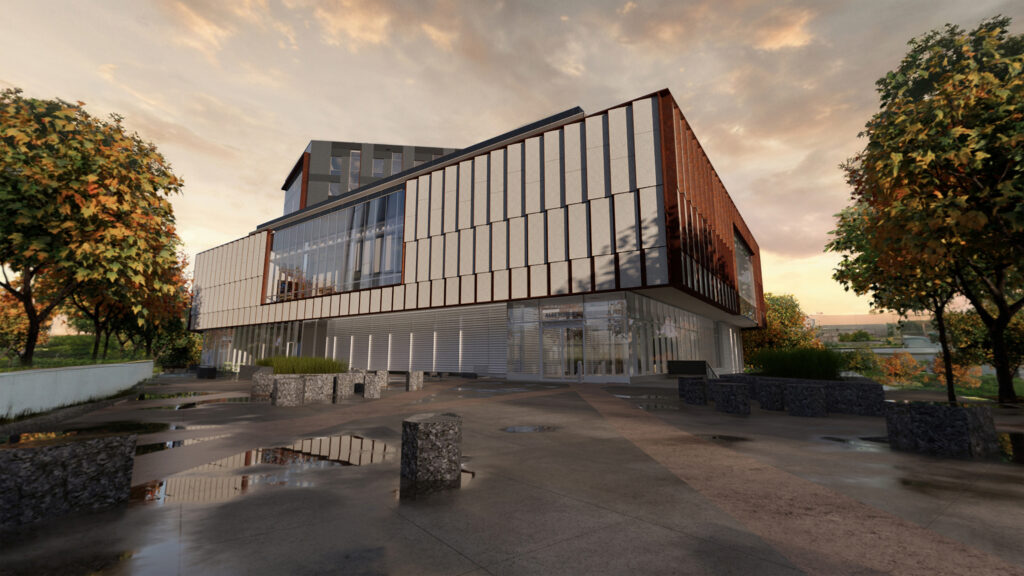The Generative Museum
ICA Pittsburgh x KADIST x EPOCH
October 21, 2025 – February 13, 2026
Unseen Forces 1.0 | Morehshin Allahyari | Holly Herndon & Mathew Dryhurst | Joe Namy | Ahmet Öğüt

We created The Generative Museum as a collaboration between ICA Pittsburgh and KADIST to spark curiosity and anticipation for a new contemporary arts institution opening at Carnegie Mellon in 2027. Conceived as both a glimpse of the future and a living experiment, the project brings the museum’s forthcoming building—designed by ZGF Architects—into a dynamic virtual realm, with scenography by EPOCH.
On the first floor, visitors encounter Unseen Forces 1.0 (optimized for desktop viewing only), a playful, user-driven AI-generated exhibition platform developed by WeDoData. Upstairs, the galleries open into a constellation of artworks by Morehshin Allahyari, Holly Herndon & Mathew Dryhurst, Joe Namy, and Ahmet Öğüt—installations that each expand how we think about technology’s impact on artistic expression.
The immersive environment, rendered with vivid detail by EPOCH, is set in a speculative and sustainable future: roadways replaced by lush plant life, architecture seamlessly entwined with greenery, and above it all, a mysterious celestial orb hovering in the sky, radiating both wonder and unease. By situating the Generative Museum within this preternatural world, we invite audiences to reflect on how AI might shape the ways we live, dream, and build together—embracing both the hopes it nurtures and the fears it inevitably stirs about our shared future.
— Elizabeth Chodos (ICA Pittsburgh) and Joseph del Pesco (KADIST)

Brian Droitcour, “Context Creator,” Outlander, November 12, 2025.
Doreen Rios, “The Generative Museum,” Anti Materia, November 3, 2025.
“The Visionary and the Virtual: EPOCH Transforms Art in the Age of AI,” Refresh, October 27, 2025.
Shana Nys Dambrot, “13ThingsLA: March 19,” 13ThingsLA, March 18, 2025.